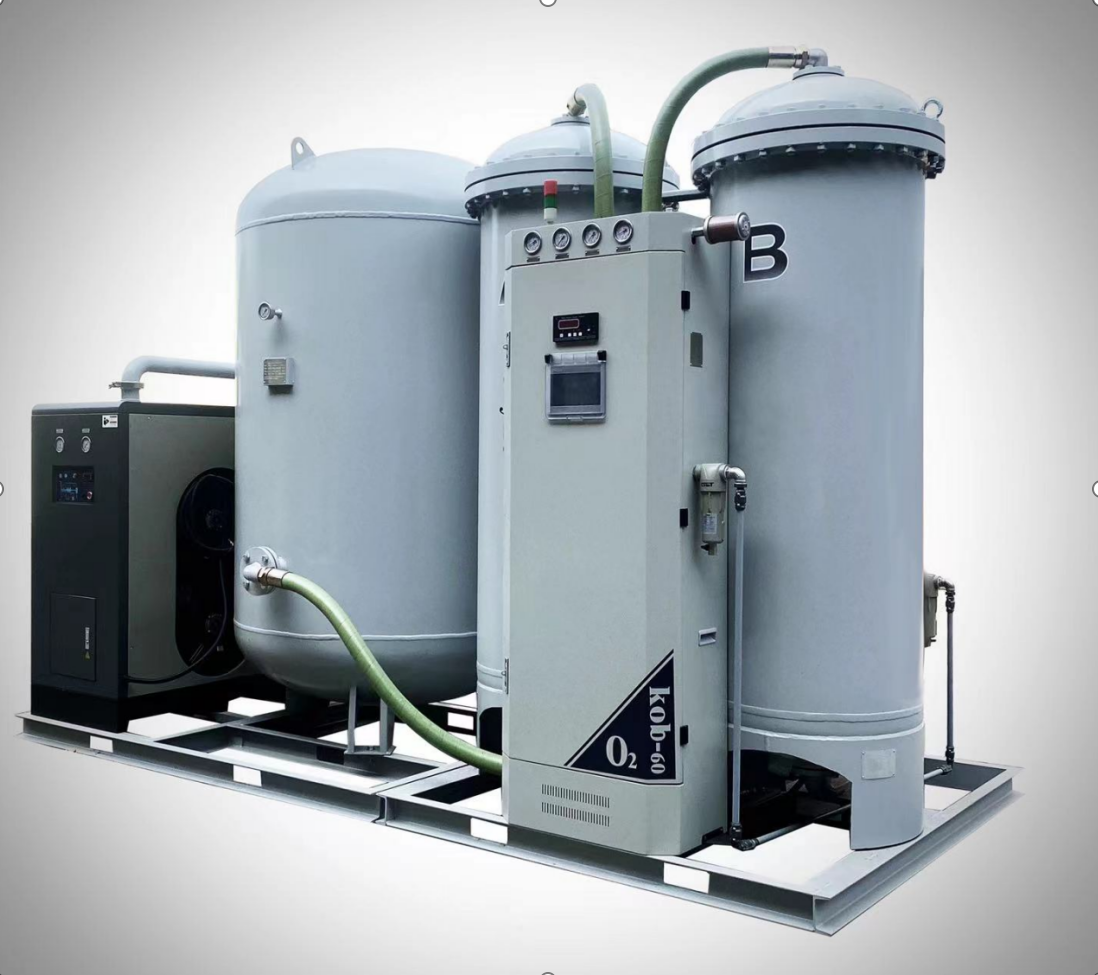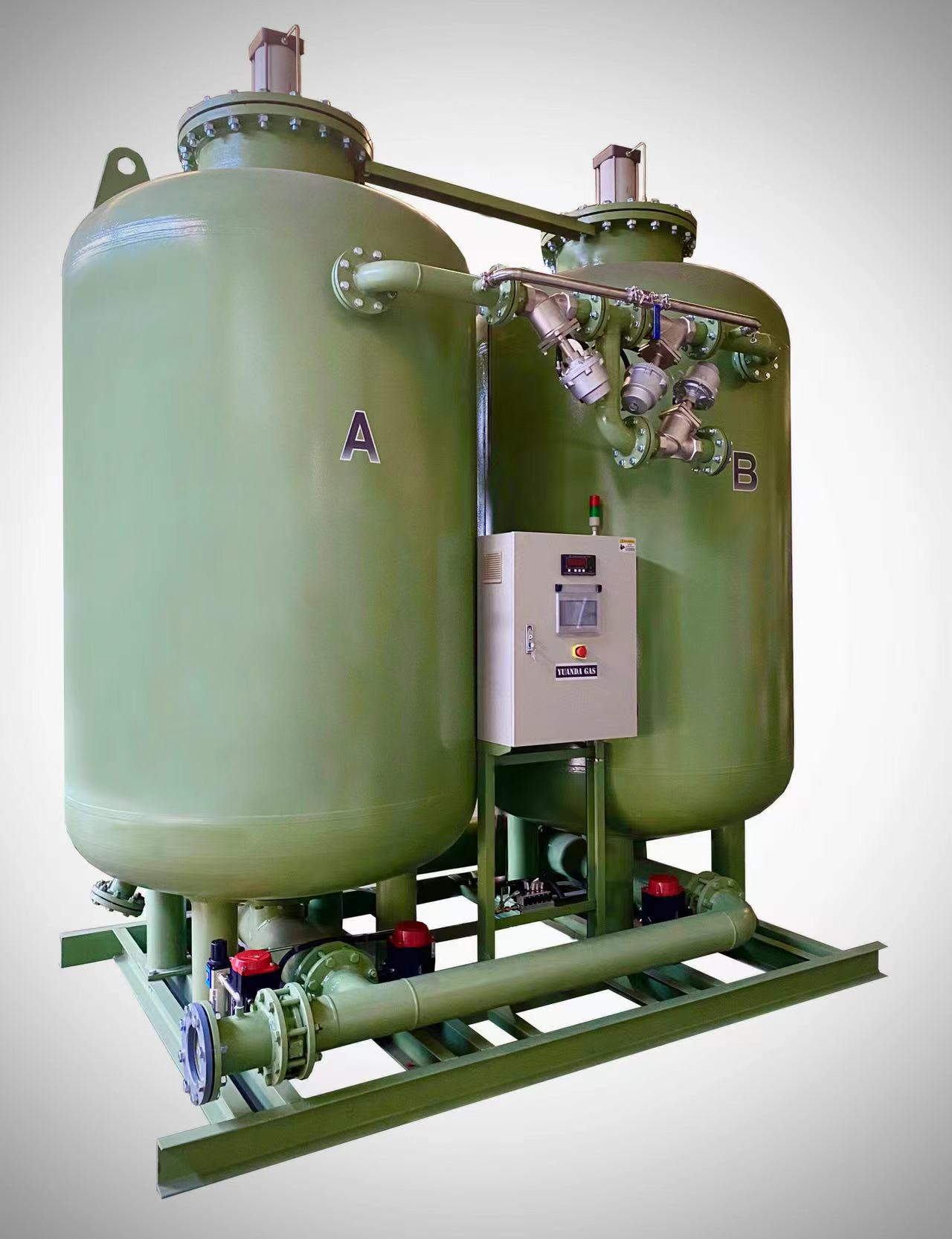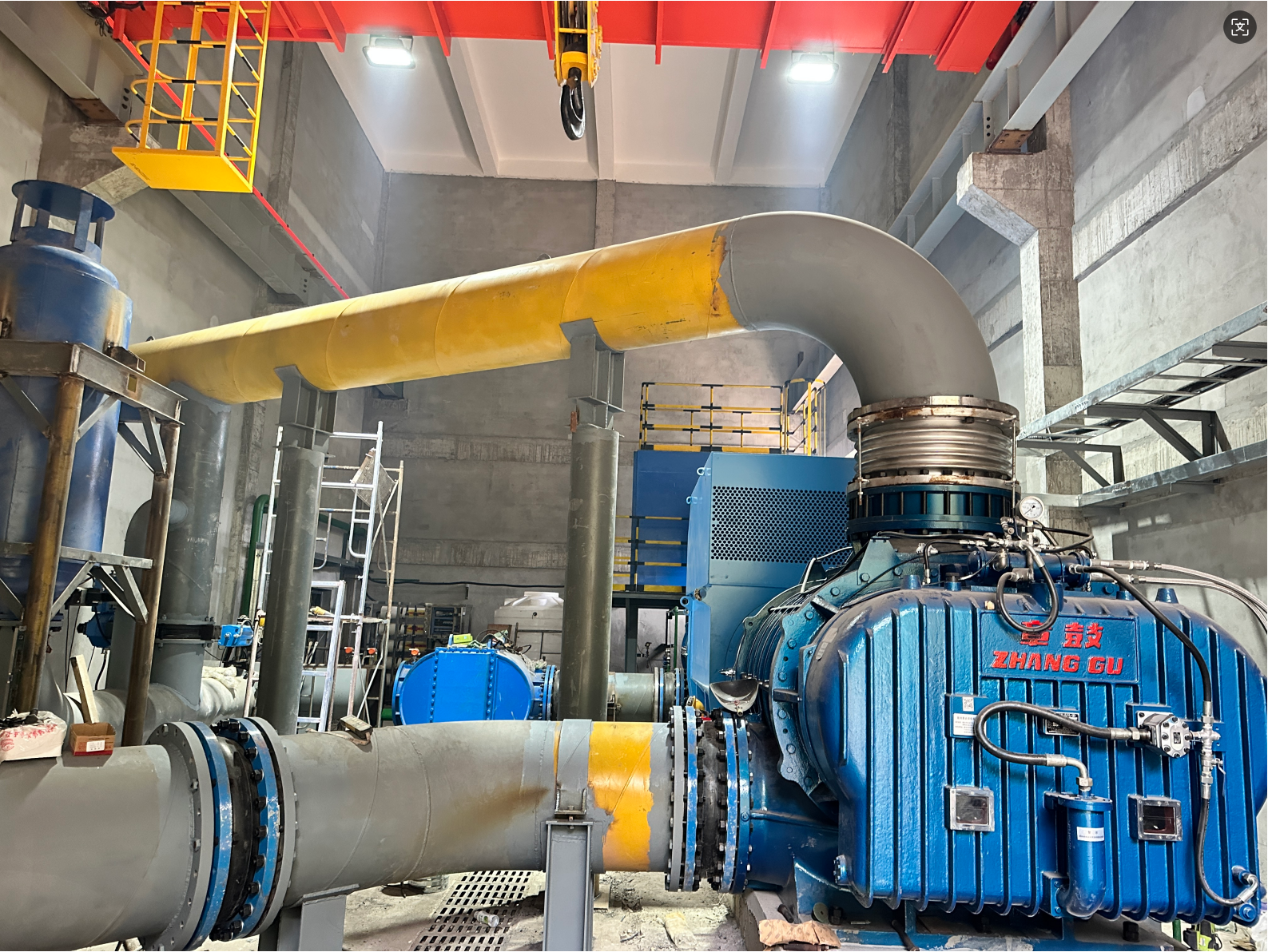industrial adsorption oxygen plants
Industrial adsorption oxygen plants represent a cutting-edge solution for reliable oxygen production through pressure swing adsorption technology. These plants utilize specialized molecular sieves to separate oxygen from atmospheric air, achieving purity levels up to 95%. The process begins with air compression, followed by removal of moisture and contaminants. The compressed air then passes through zeolite-filled vessels, where nitrogen is selectively adsorbed, leaving concentrated oxygen. The system operates in cycles, with one vessel producing oxygen while another regenerates, ensuring continuous output. These plants are equipped with advanced control systems that monitor and regulate pressure, flow rates, and purity levels. Features include automated operation, energy-efficient components, and modular design for scalability. Applications span across healthcare facilities, steel manufacturing, glass production, water treatment, and chemical processing industries. The plants offer customizable oxygen production capacities ranging from 10 to 2000 cubic meters per hour, making them suitable for various industrial scales.


